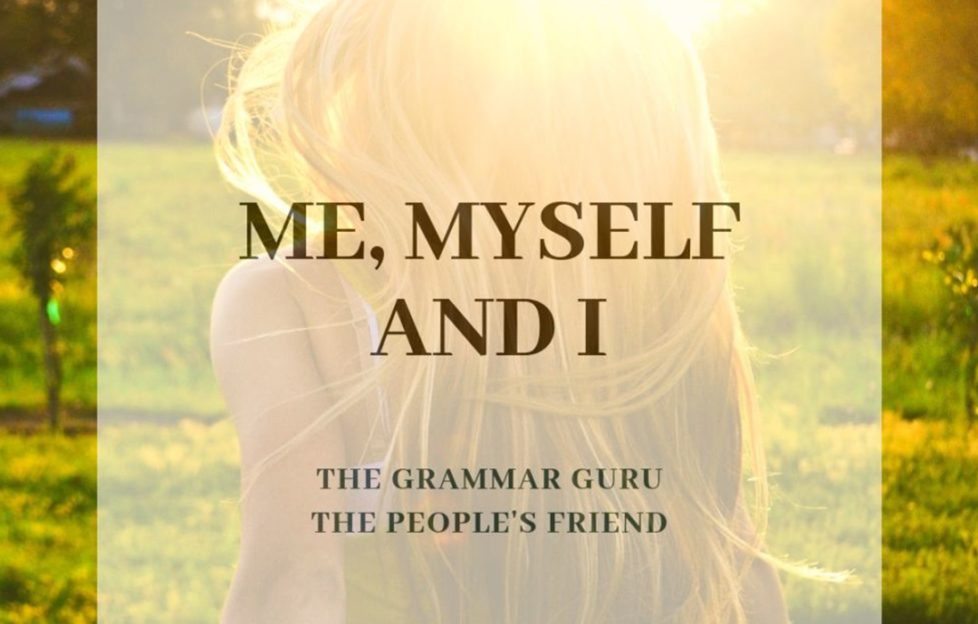
In any piece of writing, a character (or author!) will most likely refer to themselves a great deal. The Grammar Guru is here to explain how to do it properly…
After all, you’re drawn into a story by how it relates to you as a reader. It’s much easier to relate to something when it feels immediate and personal.
So… if you’re going to talk about yourself, it’s best to do it correctly!
Is it me?
Most of the confusion around this arises when the sentence includes both a reference to yourself (or a character, if you are writing in the first person) and to someone else.
But there’s actually a simple rule that will see you right.
Say this mystery person is named George, and you’re going to the set of children’s TV show “Rainbow”.
When putting your sentence together, put “George” first, then choose either “me” or “I” by removing him again and seeing what sounds right.
So, to demonstrate:
Stage 1: “George and I are visiting ‘Rainbow’.” — this sounds right (because it is!), but let’s go through the steps anyway.
Stage 2: George and I are visiting ‘Rainbow’.” — so, without George in it, this sentence would become “I am visiting ‘Rainbow’.” This makes perfect sense. You’ve used the correct term! Yay!
An example of incorrect usage would be:
Stage 1: “George and me are visiting ‘Rainbow’.” — this kind of sounds right, too, because you hear it so frequently in everyday speech. But . . .
Stage 2: “George and me are visiting ‘Rainbow’.” — without George in it, this sentence would become “Me is visiting ‘Rainbow’.” This is obviously wrong. The Cookie Monster may get away with it, but you won’t!
Myself?
This is even simpler! You should only use “myself” if you’ve already used “I” in the sentence, therefore making yourself the subject.




